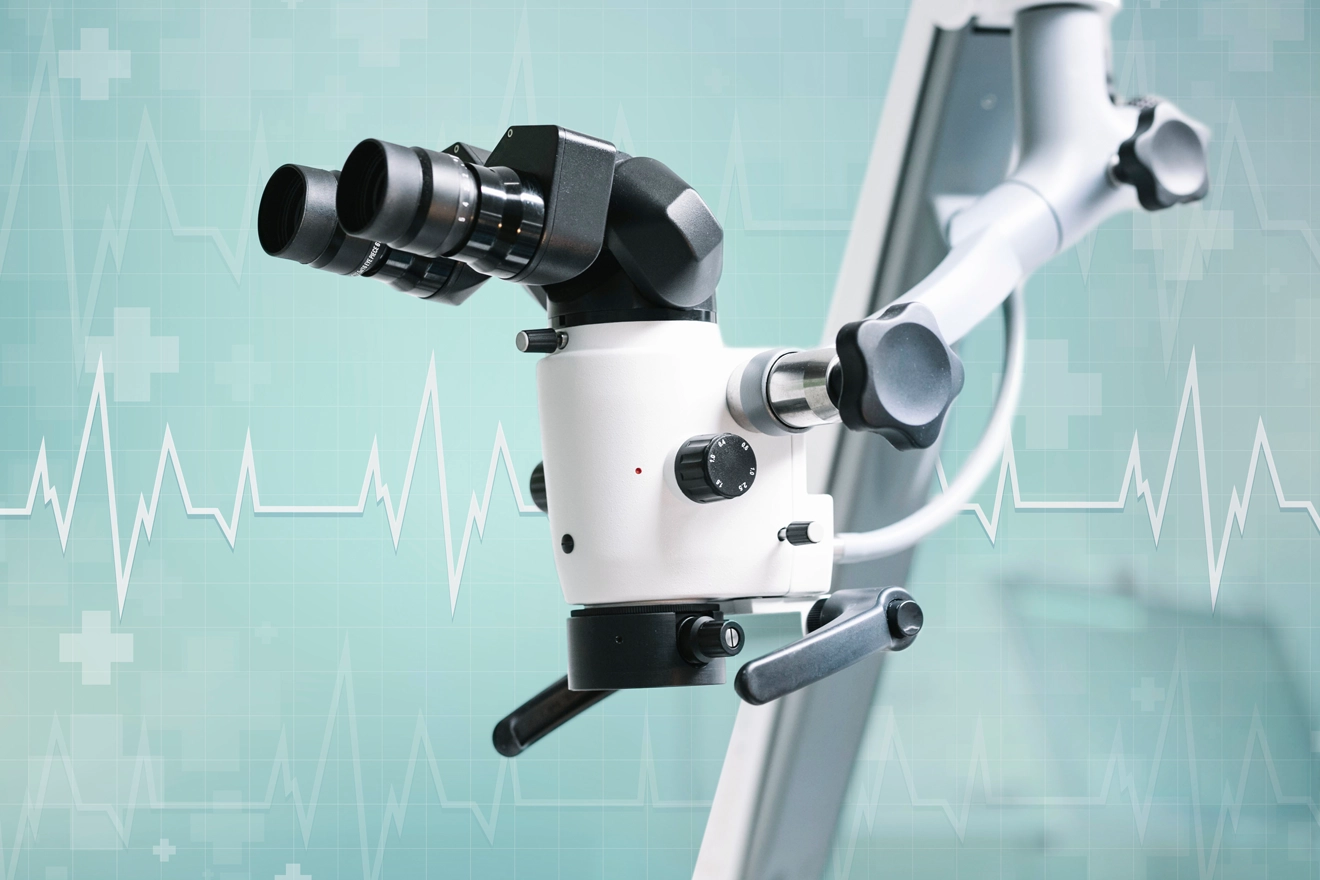
Determining and setting up a quality system is a challenging task for medical devices manufacturers. A robust quality system covers the aspects like the medical device design, manufacturing, supplier management, product labeling, storage & distribution, clinical data, risk management and complaint handling. The US FDA maintains a Quality System Regulation (QSR), which ensures that all the medical devices sold in the USA are safe, quality-oriented and effective for their intended use. Therefore, manufacturers who are willing to launch their medical devices in the USA must adhere to the FDA 21 CFR Part 820.
The FDA 21 CFR Part 820 regulation includes all the requirements of a quality system, besides the other legal requirements for the manufacturers. Irrespective of where a manufacturer distributes the products, it is important to understand and implement the quality and safety requirements. Let’s unveil what’s inside the FDA 21 CFR Part 820.
What’s inside the FDA 21 CFR Part 820?
1. Quality System Requirements: This section of regulations ensure that a finished device is safe and effective. It includes information on the management responsibility, which is, quality policy, organization structure, responsibility and authority, details of quality representative, resources, management representative, reporting and review provisions, quality planning details, quality system procedures and procedures for quality audits.
2. Design Controls: This section outlines the procedures that ensure the whole design and development process is according to the requirements. They include design and development planning, design input, design output, design review, design verification, design validation, design transfer to production and design changes. Design History Files (DHFs) and Device Master Records (DMRs) are created at the end of design controls, which show that the device was designed with compliance.
3. Document Controls: It consists of requirements for document approval, distribution and changes in documentation. As per the regulations described in this section, the QSR state manufacturers must designate a person to review and approve all the documentation generated by the quality system and the documentation must be signed and dated. Manufacturers must also ensure that there is a comprehensive overview of all the important documents created during the process and they should also take responsibility for removing obsolete documents. Further, the same procedure must be applied for changes/amendments in documents and they should be communicated to the appropriate personnel, on time.
4. Purchasing Controls: Besides the data on purchasing, this section covers the evaluation of suppliers, contractors and consultants. Every manufacturer must ensure to establish and maintain the compliance of the received products and services. The purchasing data must be recorded and maintained and the whole process of evaluation and the results of the evaluation must be documented.
5. Identification and Traceability: In this section, identification refers to avoiding product mix-ups and traceability refers to the ability to trace product defects. To avoid the onset and repetitiveness of the mistakes during the entire product lifecycle, manufacturers must establish and maintain procedures for identifying a product during every stage of its journey to the customer, like, receipt, production, distribution and installation. Through every stage of manufacturing each device (a unit, batch or lot) must possess a control number to ensure traceability.
6. Corrective and Preventive Actions (CAPA): To implement CAPA, each manufacturer shall establish and maintain certain procedures, which include, analysis, investigation, identifying the actions needed to correct and prevent recurrence, verifying and validating the CAPA, implementing and recording the resulting changes in methods and procedures, ensuring that the information is disseminated to those responsible for quality in the organization, submitting relevant information for management review and documenting all the above activity.
7. Labeling and Packaging Control: To control the risk of product mix-up and inappropriate storage and transportation, manufacturers must establish and maintain labeling and packaging control procedures which consist labeling inspection, labeling operations, device packaging and shipping containers.
Overall, the FDA 21 CFR Part 820 assists manufacturers to build and follow quality systems, which ensure that medical devices meet the applicable requirements and specifications. Hence, it is obligatory for device manufacturers to adhere to the above requirements to produce safe and effective medical devices and assure compliance with the FDA QSR. Do your medical devices align with QSR for compliant market-entry? Evaluate now with a proven device Regulatory expert. Stay safe. Stay informed.









